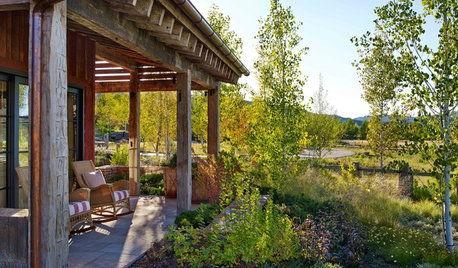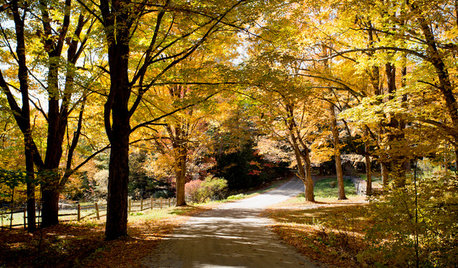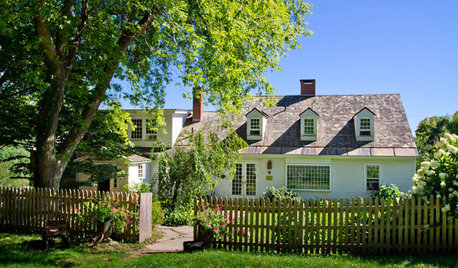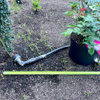What's happening to my newly planted mt. Laurel???
BloominOnion
9 years ago
Related Stories

MOST POPULARHouzz Call: Show Us Your Winter View!
Share pictures of your home and garden in winter — whatever your climate, architecture and plantings
Full Story
GARDENING GUIDESWhat Are Your Spring Gardening Plans?
Tearing out the lawn? Planting edibles? Starting from scratch? Tell us what you plan to change in your garden this year
Full Story
GARDENING GUIDESLessons in the Rewards of Selfless Gardening
Let go of gardening for your own vision and watch the garden’s own true vision come forth
Full Story
GARDENING GUIDESTop 12 Summer-Blooming Perennials for Deer-Resistant Drama
Can you have garden color, fragrance and exciting foliage with hungry deer afoot? These beauties say yes
Full Story
EVENTSSee 5 Colorado Landscapes That Blend Nature With Artistry
These Denver and Aspen gardens — part of the Cultural Landscape Foundation’s Garden Dialogues series — embrace their larger environments
Full Story
FALL GARDENINGHouzz Call: Show Us Your Autumn Views
Share your pictures of fall foliage and decor in the Comments. Your photos may be featured in an upcoming story!
Full Story
WEDDINGSHouzz Call: Show Us Your Backyard Wedding!
Did you say ‘I do’ at home? We want to hear and see everything about it. Share your photos and you could be featured in an upcoming ideabook
Full Story
LIFECreate a 'Forever House' Connection
Making beautiful memories and embracing your space can help you feel happy in your home — even if you know you'll move one day
Full Story
MOST POPULARWhen Does a House Become a Home?
Getting settled can take more than arranging all your stuff. Discover how to make a real connection with where you live
Full Story
ARCHITECTUREWant to Live by the Water? What You Need to Know
Waterside homes can have amazing charm, but you'll have to weather design restrictions, codes and surveys
Full Story








ken_adrian Adrian MI cold Z5
BloominOnionOriginal Author
Related Professionals
Erie Landscape Architects & Landscape Designers · Foothill Ranch Landscape Architects & Landscape Designers · Salisbury Landscape Architects & Landscape Designers · Salem Landscape Contractors · Homewood Landscape Contractors · Red Oak Landscape Contractors · Castro Valley Window Contractors · Norwalk Window Contractors · Hawaiian Gardens Window Contractors · Hudson Window Contractors · Lansdowne Window Contractors · Morton Grove Window Contractors · La Vista Driveway Installation & Maintenance · Skokie Driveway Installation & Maintenance · New Lenox Decks, Patios & Outdoor Enclosuresakamainegrower
ked1985
BloominOnionOriginal Author
ked1985
akamainegrower
mikebotann